Introduction: Why I’m Sharing My Story
Some of the most profound and transformative experiences of my life have come from working with the plant medicine known as ayahuasca. Ayahuasca is a psychedelic brew originating in the Amazon jungle, renowned for inducing visions, facilitating healing, deepening spiritual connection, and catalyzing personal transformation. Despite its potential for profound experiences, it remains largely unknown to the world, shrouded in mystery and misunderstanding. My intention in sharing my personal experiences is to shed light on this potent entheogen and share how it has influenced my life.
Note: This post is part of a series. In this post, I share my first experience with ayahuasca. You can read about the history and background of ayahuasca here, and explore my later experiences here.
Prefaces
Let me preface this by saying that what follows is my personal experience with ayahuasca—everyone’s journey is unique. While my experiences have been largely positive, others have had challenging encounters, usually due to insufficient preparation, inexperienced facilitators, or poor physical or mental readiness. When working with plant medicines, finding a reputable center with skilled facilitators who can properly support participants is crucial.
I also want to clarify some terms I’ll use throughout this post. I’ve chosen specific language to convey my experiences as authentically as possible.
- I use “plant medicine” to describe ayahuasca because its core purpose is healing and learning.
- I call the gatherings “ceremonies” because the location, intentions, mindset, and environment create a sacred ceremonial container.
- I refer to this as “work” because it demands active engagement—from preparation beforehand to participation during ceremony and integration afterward.
- I use the term “curandero” for the ceremony guide. While “shaman” is common, curandero is the specific South American term for someone who facilitates healing within a spiritual context.
I’ll also discuss the spiritual aspects of ayahuasca, as they’re essential to the experience. By spiritual, I mean experiences that which transcends ordinary perception and connects to a deeper reality.
Through my journey with ayahuasca, I’ve become deeply passionate about this medicine. I’ve documented over 100 pages of notes, studied numerous books, absorbed podcasts and documentaries, and engaged in countless discussions. From this wealth of information, I’m sharing what’s most relevant—both for my personal integration and what might resonate with readers.
Disclaimer: None of this is a recommendation to go and do ayahuasca yourself unless you feel called. ayahuasca may not be legal where you are, so make sure you understand any legal implications before exploring this path.
Finding Ayahuasca
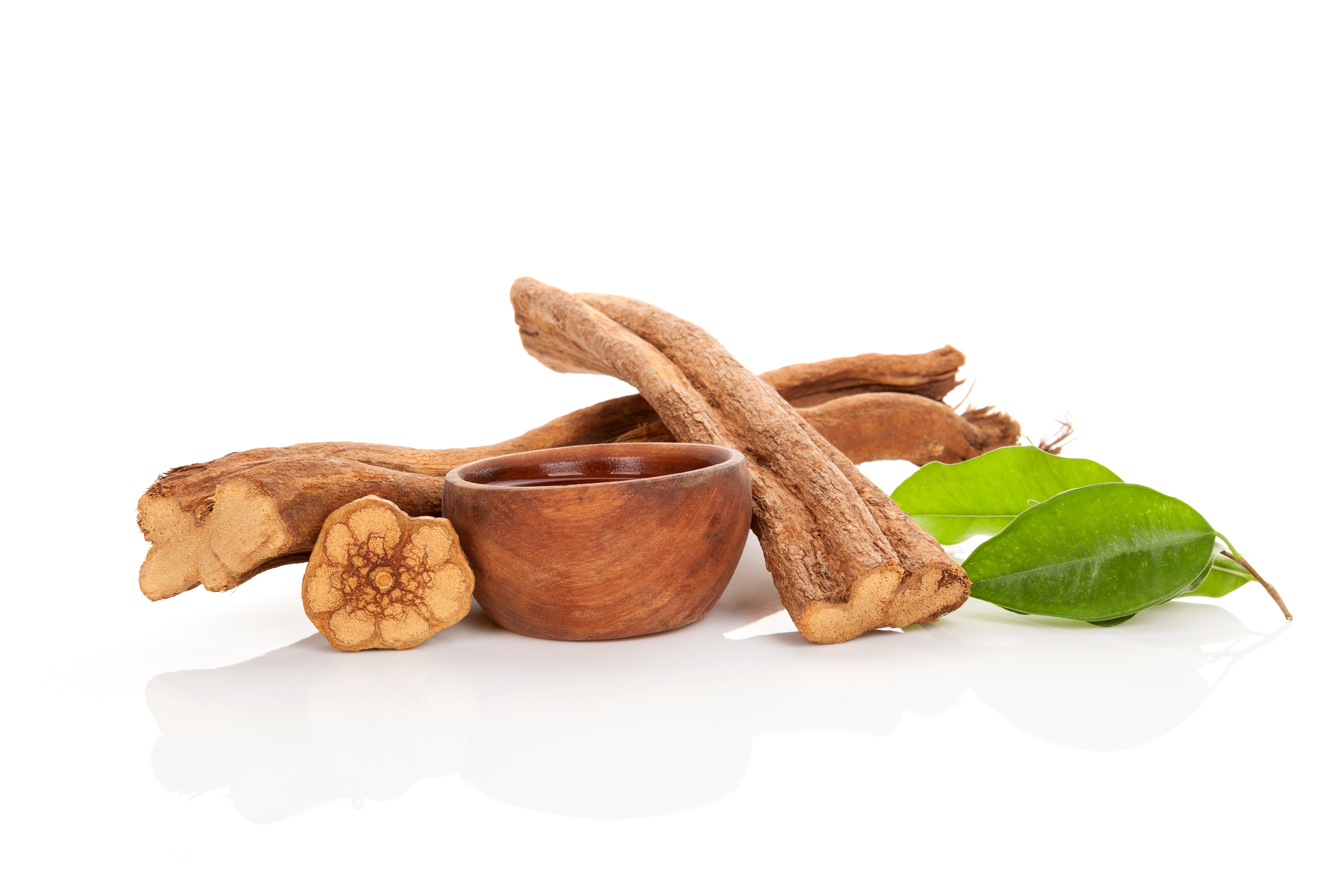
Following a backpacking trip to Vietnam in 2019 with some ups and downs, I decided to expand my worldview by exploring another continent—Peru. During my research, I discovered that ayahuasca, which originates in the Amazon, is legal in Peru because of its centuries-old traditional use. Despite feeling apprehensive about the unknown, I thoroughly researched the topic and signed up for a retreat in Iquitos, Peru just weeks before I left.
My interest in ayahuasca arose from curiosity about what I might experience and learn from this ancient plant medicine. Through my meditation practice and experiences with psilocybin, I had glimpsed the vastness of my mind, and I wanted to explore these even further. Despite all of my research and planning, nothing could prepare me for the experiences and changes that would unfold.
My First Encounters with Ayahuasca
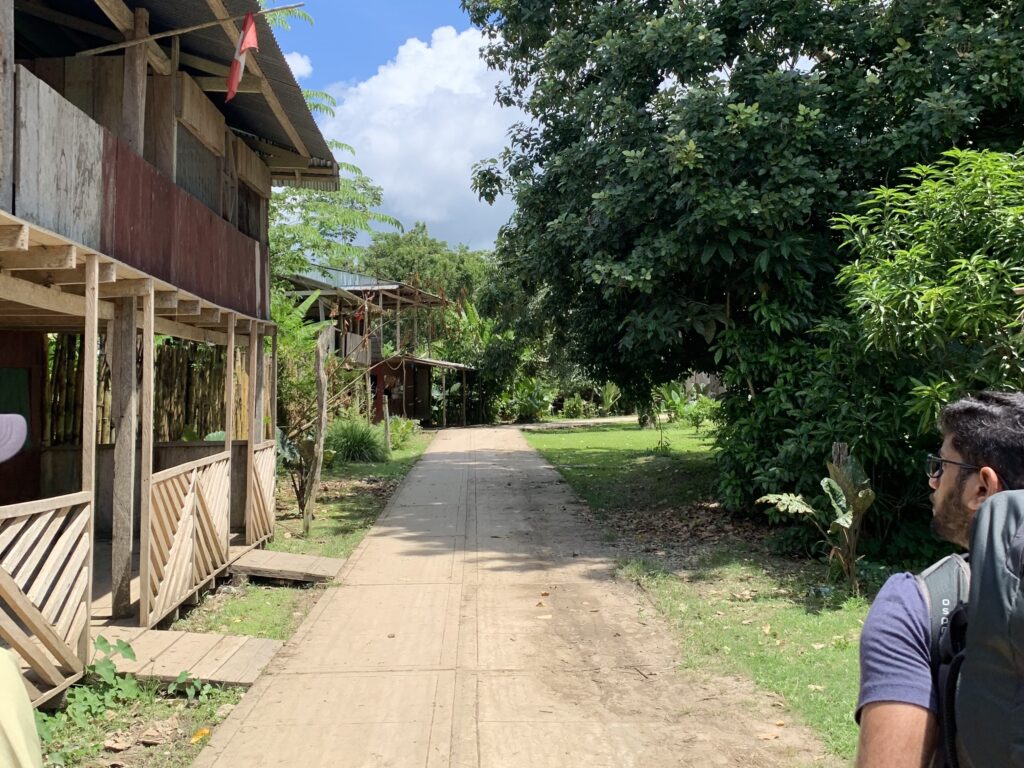
In 2021, I signed up for a three-week ayahuasca retreat in the remote Peruvian city of Iquitos. Before arriving, I followed a strict dieta to prepare my body — avoiding pork, salt, spices, and oil, while also abstaining from alcohol, drugs, and sexual activity for a week. This is part of the typical ayahuasca dieta which serves as a form of physical and spiritual purification.
A Journey into the Amazon
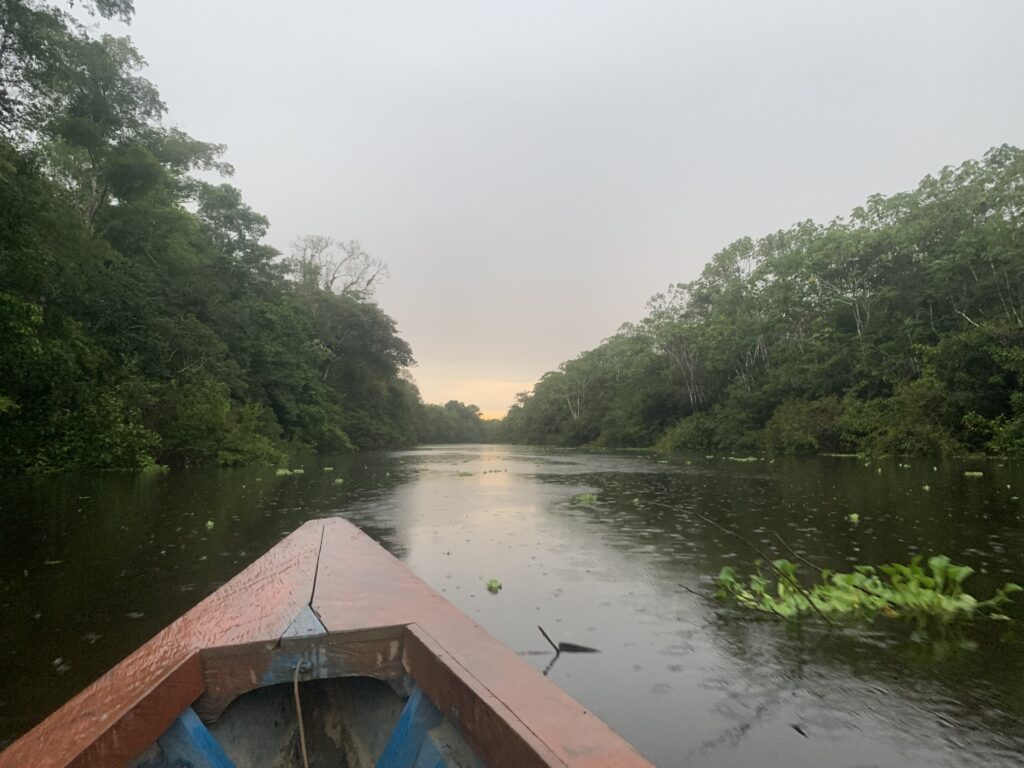
Landing
Arriving in Iquitos, the energy felt different. On the plane ride from Lima, I noticed several fellow passengers — sporting baggy pants and long hair — with the distinct look of spiritual seekers.
As I stepped off the plane into the thick, humid jungle air, a mix of anticipation and nervous energy washed over me. Three ceremonies lay ahead, and I couldn’t help but wonder how they would reshape my understanding of myself and the world.
Iquitos isn’t a city one would normally associate with a spiritual pilgrimage. The streets of this jungle city are overrun with mopeds and tuk tuks honking incessantly. As I rode to my hostel, the hot air carried the unmistakable scent of week-old garbage. Despite being the world’s acclaimed ayahuasca hub, the city seems oddly disconnected from this reputation. Most visitors to Iquitos, I later learned, try to leave quickly since both ayahuasca ceremonies and jungle adventures await outside the city limits.
Into the Jungle
After a night in the city, our group was picked up by the retreat center’s owner — a tattooed, bald British man who looked more like a pirate than a spiritual guide. I later found that beneath his tough exterior was a kind soul dedicated to supporting all of us on our journeys. I found myself wondering what had drawn him from his life back home to this strange jungle.
The truck was tight for space, so a few of us piled into the bed of the truck on top of our luggage as we headed an hour out of the city to the retreat centre. Holding on during the bumpy ride, I had a chance to connect with the other guests. I met people from around the world including a guy from Germany and girl from Italy who remain friends to this day. In our group of ten, only two had previous ayahuasca experience — the rest of us were first-timers.
Each person brought their own story for being there. Some, like myself, came out of curiosity and a desire to expand consciousness, while others sought healing for family issues, physical ailments, or other past trauma.
Arrival
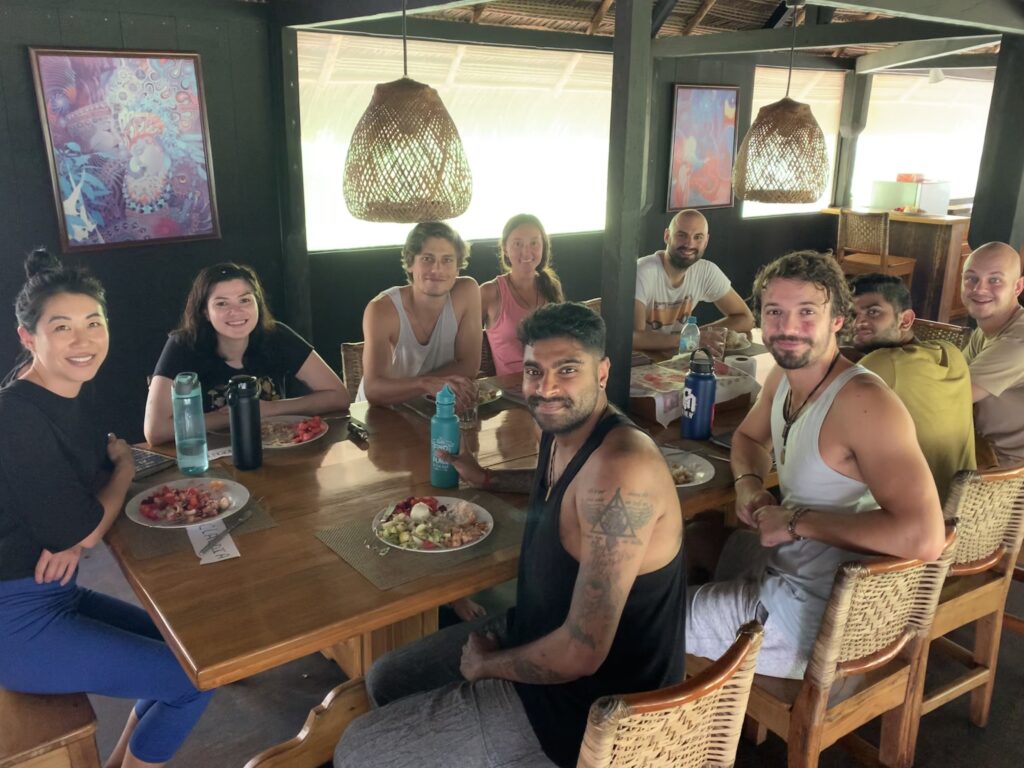
Arriving to the centre, a sense of isolation struck me— the nearest town was a 45-minute walk away, leaving only sounds of the jungle to surround us. Despite its remoteness, the facility was well-equipped. The main building featured a large kitchen, common area with hammocks, and spaces for reflection and meditation. Our accommodations were simple but sufficient: beds with mosquito netting and access to compost toilets. Everything served a purpose, without unnecessary extravagance.
At the centre’s heart was the maloca, a large circular building made of natural materials, would host our ceremonies. Inside, bed-sized mats were arranged around its perimeter, one for each of us. Though the space felt welcoming in daylight, I wondered how it would transform during our nighttime ceremonies.
Note: I’ve refrained from naming the centre as it’s since changed ownership and I can no longer vouch for its reputation.
Understanding the Medicine
Our first ceremony was scheduled for our arrival night. After settling in, we gathered in the maloca for an orientation. The British owner spent a couple hours informing us about working with the medicine and shared his personal journey. He described how debilitating back pain had led him into a severe depression, and after exhausting conventional treatments, he’d turned to ayahuasca as a last resort.
After sitting with the medicine, his back pain subsided to where he could live his life again. Through ayahuasca, he discovered that his physical pain stemmed from buried trauma and emotions — it was his body’s way of communicating distress. This insight formed the foundation of his approach to working with ayahuasca: the medicine surfaces aspects of ourselves that need attention, processing, or release. By sitting with these feelings, we open pathways to healing. Like peeling an onion, this process occurs in layers. He tempered our expectations about instant transformation while encouraging us to explore deeply.
The owner also explained the night ahead and some ground rules. A team of facilitators would be present to provide any support we needed while the curandero (an ayahuasca shaman) guided the ceremony. The facilitators would help us to the toilet, fill our water, and act any support we needed. We were instructed to remain on our mat during the ceremony and were explicitly told not to interact with other guests so not to interfere with their experience.
Looking around the room, I saw others sharing my mix of anticipation and nervousness for the night ahead. We each prepared in our own way before returning at nightfall. I took a quick shower and changed into the most comfortable clothes I brought.
Reports from My First Experiences
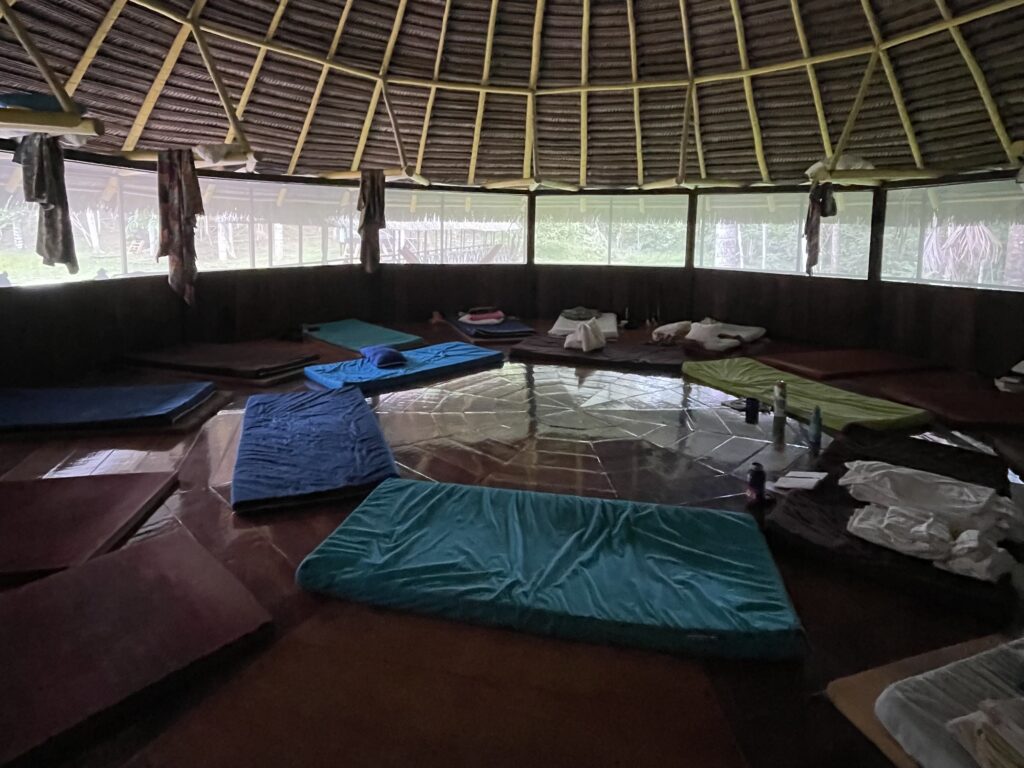
The First Night
Returning to the maloca, I found it illuminated by a single candle. The earlier playful atmosphere had shifted into a serious tone as we sensed the deep work before us. There I met the curandero, a Peruvian man of about 65 years, who would guide us with his icaros (sacred songs and chants) throughout the night. At my mat lay several mapachos (jungle tobacco) for cleansing and grounding, alongside a purging bucket. Anxiety stirred within me, but I reminded myself of the hundreds who’d sat here before and had come out the other side.
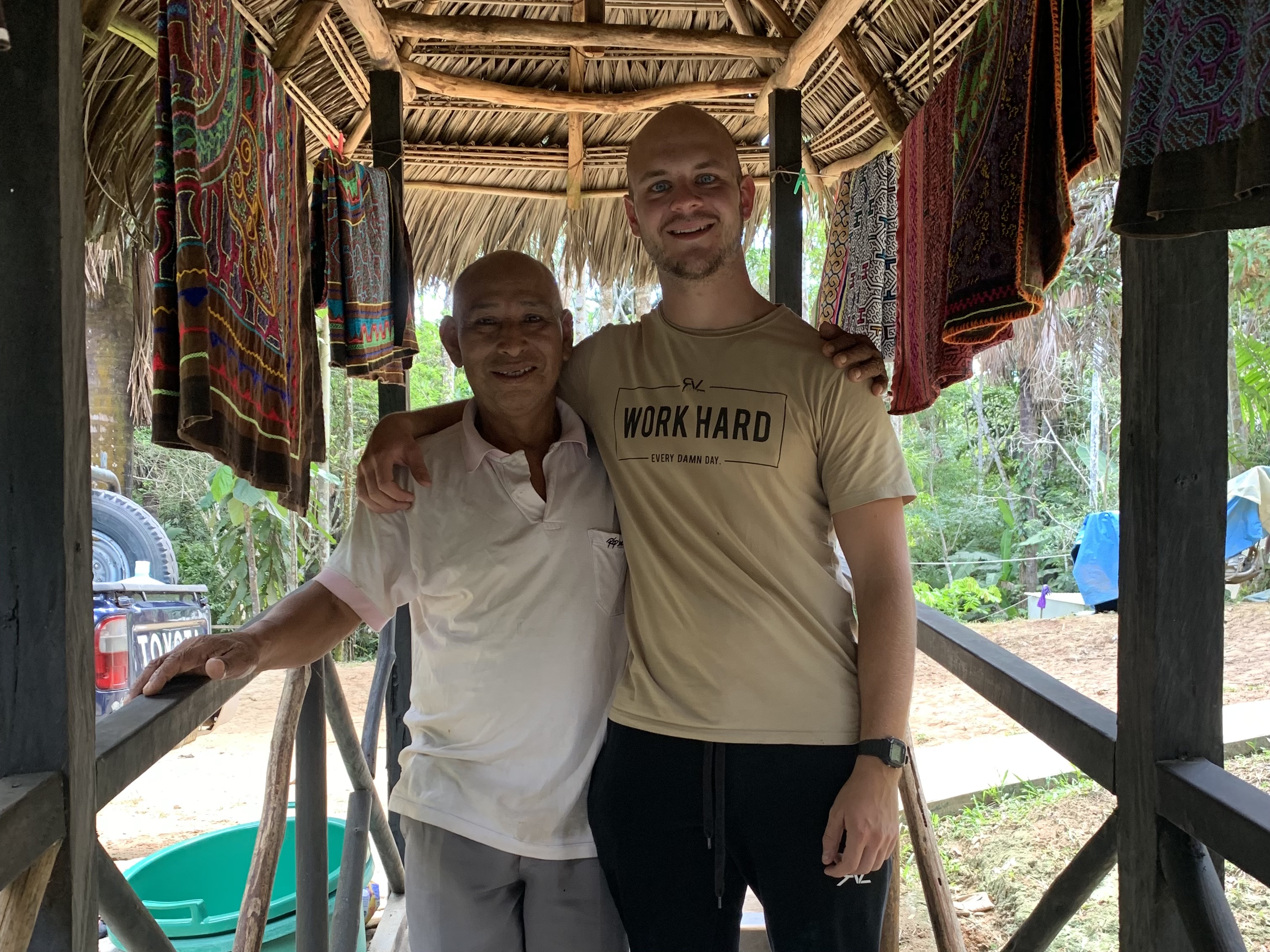
Once settled, we were called up individually for our dose of ayahuasca. In the dim light, I saw the reddish-brown liquid in a glass bottle. I’d heard about its notorious taste and mentally prepared myself. Being our first night, we received a modest dose — about a shot glass worth. I whispered my intention for a gentle introduction and took back the thick liquid. Though earthy and pungent, it wasn’t unbearable. I later learned that each time drinking would taste worse, as the body associates the taste with purging and intense experiences.
Back at my mat, I lit a mapacho to clear the bitter taste and assumed a meditative posture. We were told to hold in the ayahuasca for at least thirty minutes, until the curandero began singing. The facilitators cleansed the space with palo santo (incense made of a sacred tree), and extinguished the candle, leaving us in darkness with the jungle’s ambient sounds.
First Waves
Eyes closed, I repeated my intentions and waited patiently. The first sensation was a wave of heaviness and energy through my body. Though not exactly pleasant, I recognized it as part of the process and remained calm. Next, my visual field began shifting — traces of colour appeared behind closed eyes. While each ceremony would be unique, I came to recognize these as ayahuasca’s initial effects.
As soon as the curandero began singing, a cacophony of purging from others also started. This too was a part of the ceremony and a sign of the healing taking place. I would learn what was coming up for others in the integration circle the next day.
My first ceremony was gentle as I’d asked. After the initial effects subsided, my body relaxed though the visuals intensified from simple colours to intricate shapes and images. I noticed that my imagination was heightened — I could visualize thoughts with extraordinary clarity. Anything I thought about appeared as if I was watching it on a screen. My hearing also sharpened. I could distinguish every sound: the complexity of curandero’s songs, jungle noises, and the occasional flick of a lighter for a mapacho.
I sensed ayahuasca had much more to reveal, but this gentle introduction felt appropriate. Throughout the ceremony, I laid back to take in the beautiful experience unfolding. Everything carried a significance as I explored this heightened state of consciousness. It felt like a form of self-therapy where I was able to tap into my unconscious. I could see how difficulties and patterns of the past were influencing my current life.
Eventually, I felt stomach heaviness signalling the need to purge. Unlike ordinary sickness, this release felt therapeutic as I connected to shedding unwanted aspects of myself.
Ceremony Closing
As the ceremony concluded, we each went forward for a limpieza with the curandero — a personalized energetic cleansing accompanied by specific icaros. Once everyone received their cleansing, the ceremony ended and we all left the maloca in silence.
The first ceremony was gentle, yet I was amazed with how the space of my mind had opened up. Not wanting to lose any insights, I found a comfortable spot to write about what had come up. This marked a routine for me: after each ceremony ended around 2 AM, I would spend time alone processing all that had taken place.
Between Ceremonies
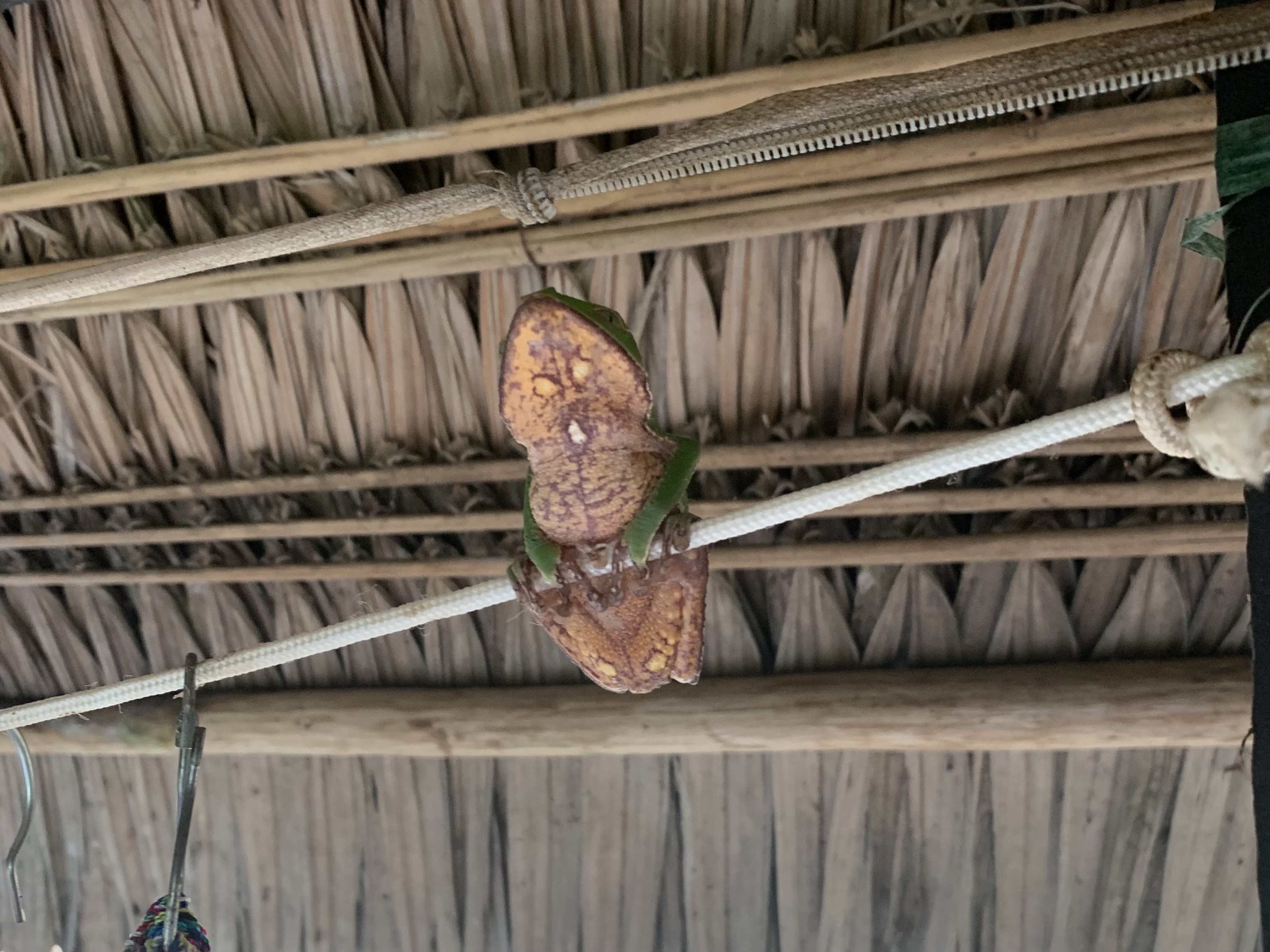
Each morning after ceremony, we returned to the maloca to share experiences and integrate what had come up. For me, this is where some of the most profound healing took place. As each person shared, the facilitators offered guidance on applying these revelations to daily life. Patterns emerged in others’ experiences that helped me better understand my own journey. It felt like each of our journeys were connected in a way that I couldn’t explain.
Between ceremonies, I devoted time to reading and reflection, using this time to deepen my inner work. The facilitators emphasized that “hard work” here meant presence with ourselves rather than external productivity. This was a stark change of pace from my life back home as I spent days lazing around with the intention of being present with whatever came up. I discovered how much wisdom our mind and body offer when we create space to listen; Much of this is drowned out with the responsibilities of daily life and countless distractions of the modern age
We also took part in breathwork, yoga, and meditation — practices intended to strengthen the mind-body connection. I saw these sober sessions catalyze breakthroughs in others as connecting mind to body surfaced insights waiting to come through. Crying, laughter, and feeling any emotion was encouraged as part of the healing process.
My Second Night
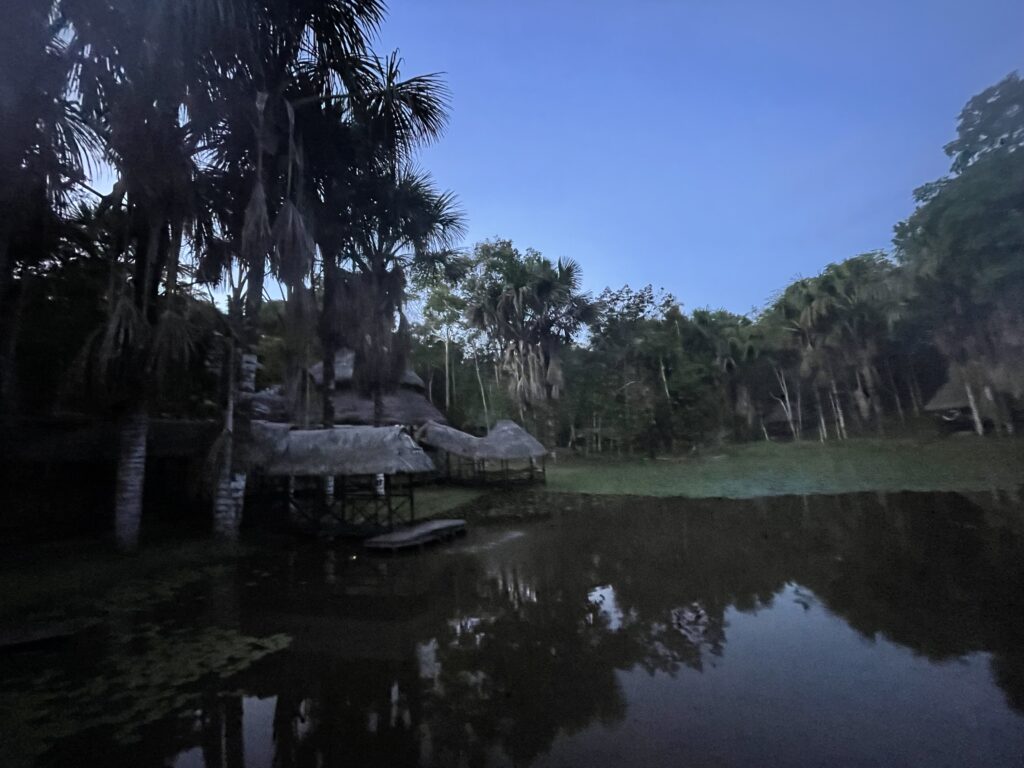
My following ceremonies proved more challenging than the first but offered valuable lessons. Like life, I learned that difficulties often yield the most growth, as sitting with discomfort can catalyze healing and transformation.
For my second ceremony, I chose a larger dose of ayahuasca, hoping to explore deeper territory. I set an intention to embrace the complete experience—the good, the bad, and the ugly—knowing its significance for my personal journey. What followed was an experience that transported me to a realm that felt more real than ordinary reality.
A Veil Parts
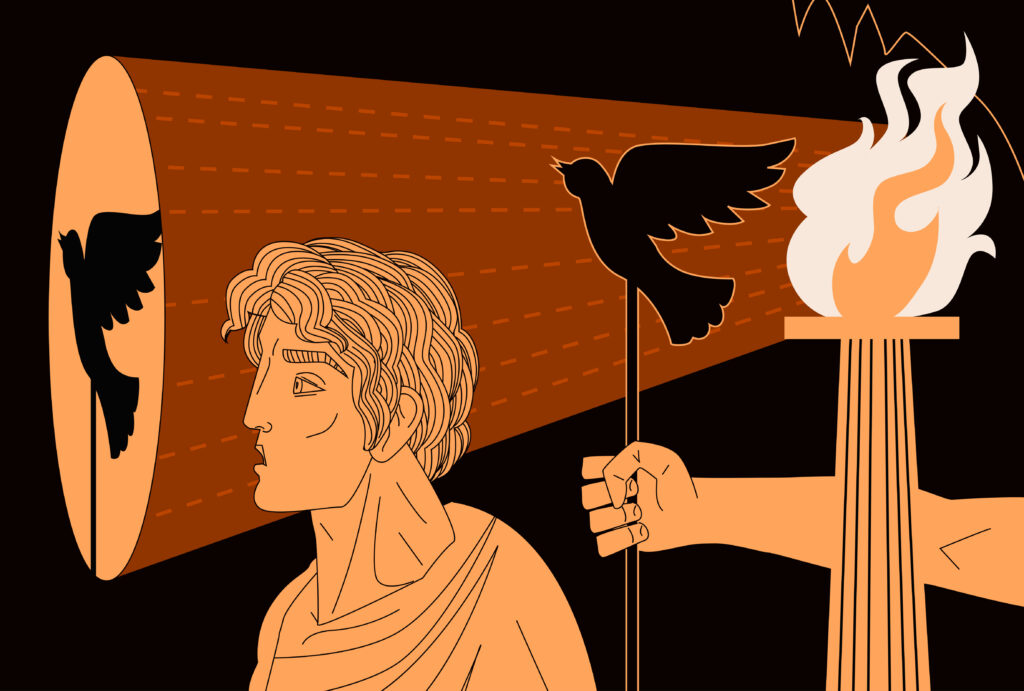
The second ceremony took me far deeper than the first night. My consciousness expanded until I felt I could perceive the underlying fabric of reality itself. It was as if a veil had been pulled back, revealing layers of existence I never knew existed. Like in Plato’s allegory of the cave, I realized our normal perception catches only shadows of a greater truth.
During the peak of the experience, ordinary concepts and mental frameworks dissolved completely. What remained was a direct encounter with something vast and ineffable – a reality that transcended our everyday world. The experience was simultaneously awe-inspiring and overwhelming as my mind struggled to process what it was witnessing.
Insights cascaded through my awareness faster than I could grasp them. I had the distinct sense that what we typically call “reality” is just a tiny sliver of what actually exists. My visual field filled with intricate geometric patterns and beings that seemed to emerge from dimensions beyond our own. I saw the same things whether my eyes were opened or closed. While the specific details now blur together, I was struck by how radically my consciousness had shifted from its normal state.
A Shift
The atmosphere of the ceremony shifted when one participant began to have a difficult reaction in the space. Unable to contain her experience, one of the girls cried out in distress and was clearly overwhelmed by fear. The facilitators handled her with care and took her outside of the maloca, but her cries could still be heard as she struggled like this for several hours.
While this was happening, my own experience began to go even deeper The line between reality and illusion blurred, and I began to question if she really was in danger. I knew I needed to stay grounded to avoid becoming overwhelmed like she had. Paranoia crept in and my mind conjured countless fearful scenarios that I began to believe. Fortunately, one of the facilitators checked up on us regularly, providing reassurance. I was also able to lean on my meditation practice as I focused on staying present with my breath.
During this time, I felt like I was just trying to hold on. I let go of trying yo get anywhere in the experience as I was forced to be present on each moment. I wanted to reach out to the other partiicpants for reassurance, but knew I had to deal with this on my own at my mat. Eventually, the effects of the ayahuasca subsided to where I could be more discerning. As I gradually returned to normal consciousness, I felt gratitude for having a clear, stable mind again.
This challenging night taught me that despite all precautions, intense reactions can occur. I later learned that this was truly a rare incident as only a handful of people out of over a thousand had such an experience here. Many of us were shaken by this, but the facilitators handled it well as they prepared us for the last ceremony
My Third Night
Many of us had apprehension about entering into ceremony again after the night of difficulty that has passed. However, I didn’t want to let fear limit me, so I again entered with a resolve to face whatever emerged.
In the final ceremony as the medicine took hold, I again entered a space where I felt the veil parting. The vastness I entered astounded me as reality’s fabric seemed to unravel. The line between my consciousness and something beyond blurred. Time lost meaning as I entered a place beyond such concepts.
Confronting Death
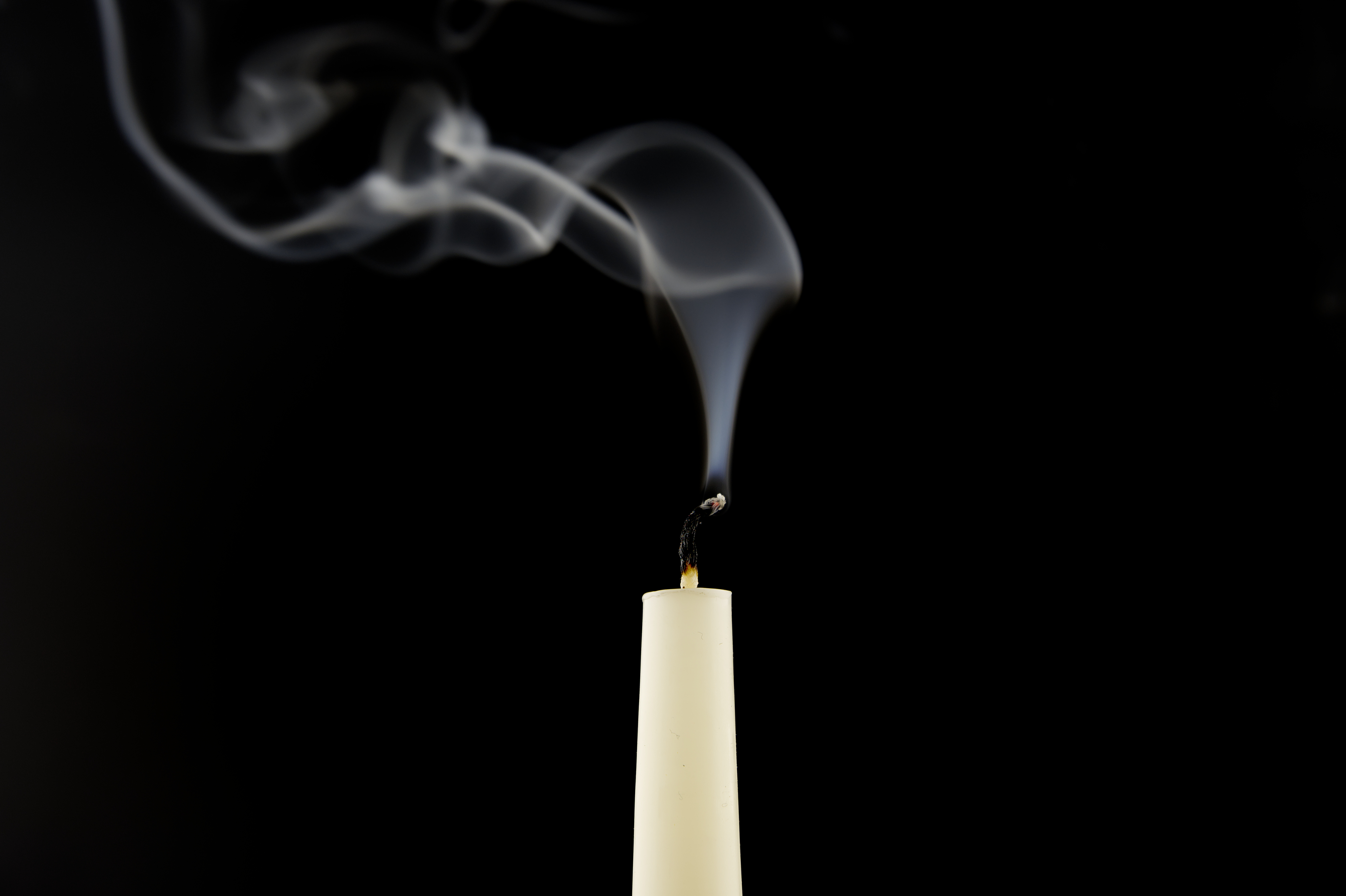
At one point, I experienced what felt like approaching death and truly believed I was going to die. It didn’t present as physical sensations, but was a profound feeling that my consciousness was about to leave this reality, which my mind interpreted as death. A primal instinct to survive took over as I tried to resist what was before me.
In this, I saw my fears around death with clarity. I saw all of the important people in my life surrounding me as I felt the weight of how my death would impact them. I looked to them for permission to pass over, and ultimately realized that it wasn’t my time. I realized that this likely happens for many people as they approach their final moments.
Though a taboo subject, death is a reality we all face. When it comes, we can choose to embrace or resist it. I saw the importance of preparing for death during our life, as acceptance allows for an easier transition into whatever lies beyond.
While deep in this experience, I glimpsed a space transcending life and death. While death ends our ego or idea of self, I sensed that an essential part of us continues. We may call it our spirit, soul, or something else. In this, death appeared not as an endpoint but as a doorway into something beyond. This insight wasn’t tied to any specific religion but felt like a universal truth beyond any such conceptions.
I recognized lessons in this experience. Our Western culture relationship with death seems unhealthy — treating it as taboo and prioritizing the prolongation of life over natural transitions. This experience deepened my spirituality as I was offered direct insight into what i usually only speculation. It reinforced in me that the deepest truths come through direct experience. The goal of finding truth isn’t about convincing others but embodying and deepening our own understanding.
In later reflection, I recognized how we experience various forms of “death” throughout life. When we undergo significant changes or personal growth, parts of our old self must dissolve to make room for something new – much like a caterpillar transforming into a butterfly. These small deaths, while often accompanied by fear and resistance, are essential for our evolution.
Each time we let go of outdated beliefs, habits, or identities, we create space for rebirth and renewal. These transitions, though difficult, are natural parts of our journey – letting go of what no longer serves us to make room for growth. This understanding of smaller transitions throughout life reinforced that perhaps even physical death itself is not an endpoint, but rather a greater transition into something new we cannot yet understand.
Connection to Nature
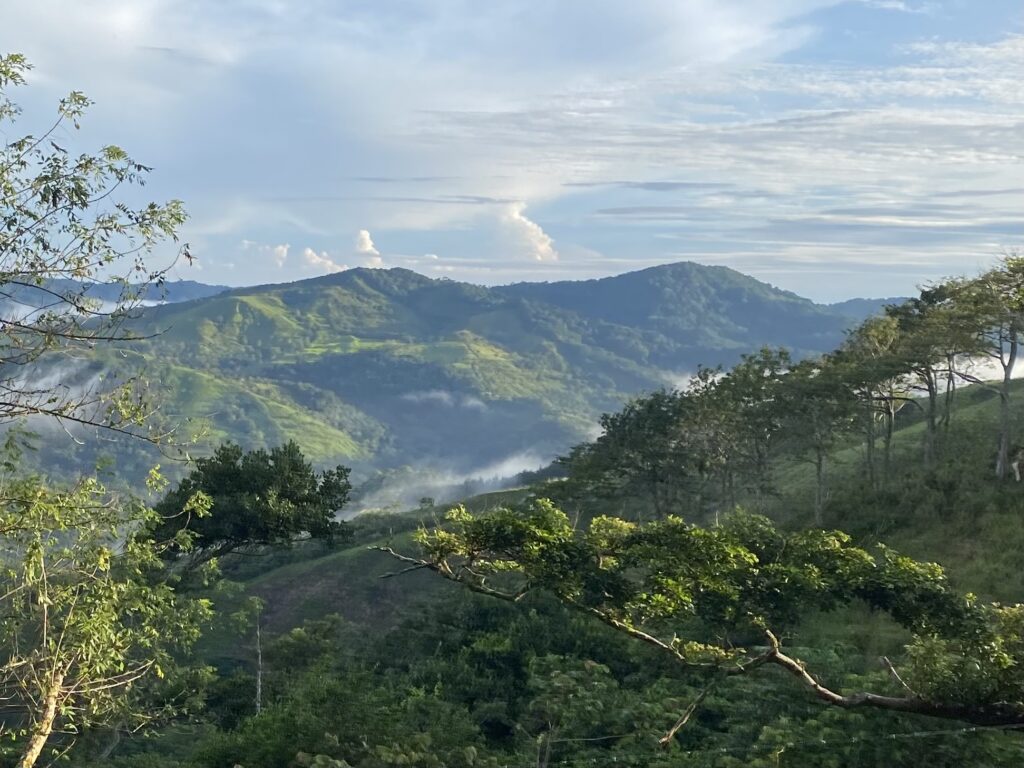
As feelings around death subsided, my experience shifted to a deepened connection with the natural world. Through ayahuasca, I felt my consciousness merge with what seemed to be the essential awareness present in all things. The Earth itself seemed to possess its own form of consciousness, though different from our human awareness. Everything felt interconnected as part of a greater whole.
This heightened state showed me how humanity’s impact on the natural world – plants, animals and the larger environment – is the result of a separation from this awareness.
Though beneficial, processing all of this was overwhelming. Examining my life, I recognized my own ignorance in the face of what I was experiencing. I saw the disconnect between my lifestyle and natural harmony. I felt humanity’s separation from nature and the resulting suffering it causes to ourselves and the world around. I wanted to escape this, but I knew it would only lead back to ignorance.
Further Experiences
Throughout, I also confronted aspects of my life needing healing. I clearly saw difficulties with my parental relationships, past mistakes, and how childhood trauma like bullying still influenced me. While the latter two ceremonies were some of the most challenging experiences of my life, they provided invaluable lessons that I later integrated into daily life.
Integration and Reflections From my First Week
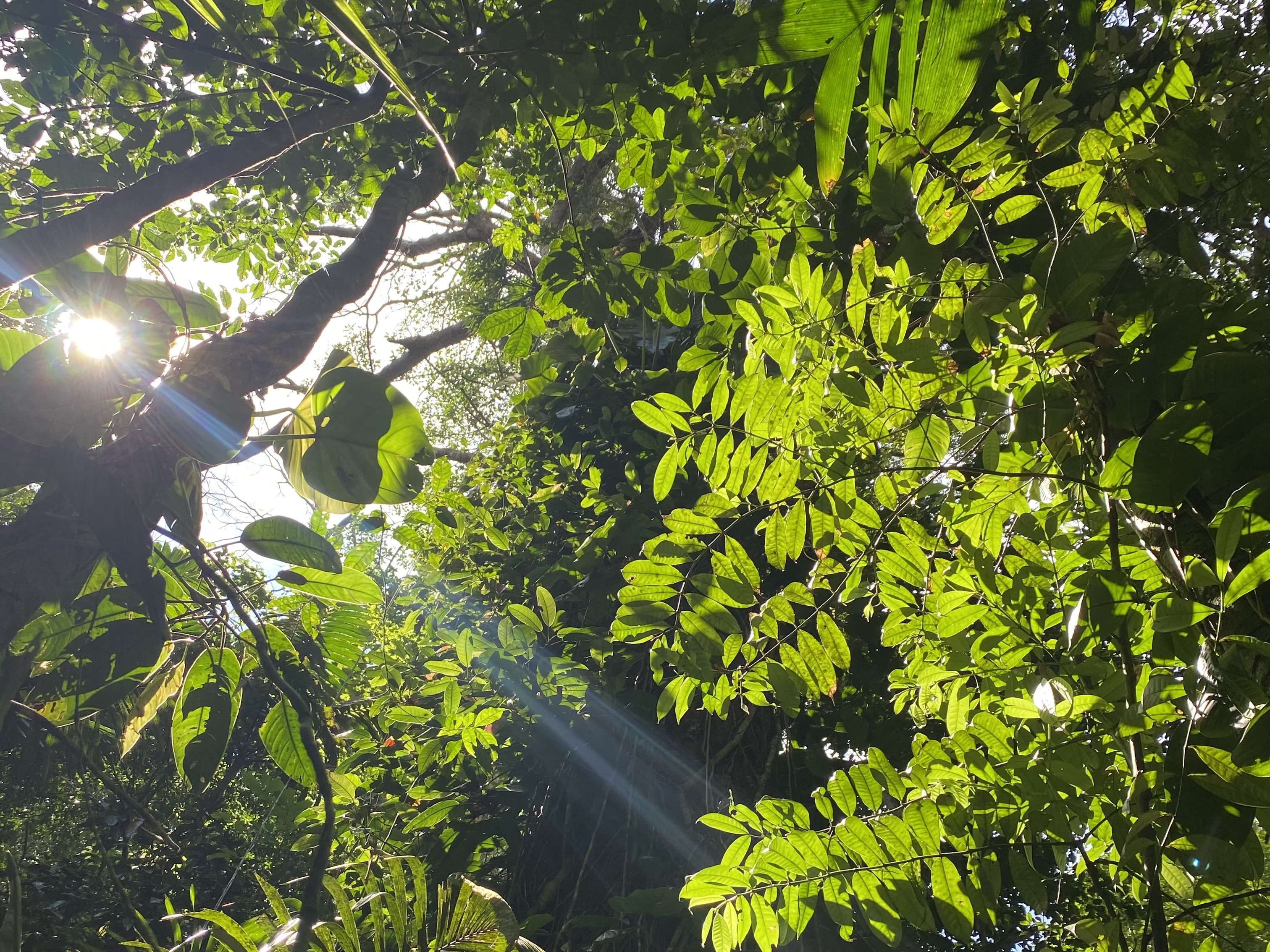
After leaving the retreat, integrating these experiences became my priority. I’d received profound insights and felt somewhat unsteady returning home as my worldview drastically shifted. I’d encountered something beyond my rational engineering mindset and sensed the possibility of deeper connection with life. My curiosity led me to a more spiritual perspective and a desire to contribute to the greater good.
The months following were challenging as I felt split between my old rational self and these new perspectives. Navigating a culture lacking a framework for these experiences was difficult. I faced a choice: dismiss these experiences and return to the life I had before or embrace them and change my life accordingly. I chose embrace, deepening my spiritual practice and seeking others with similar experiences.
I found guidance in Buddhist teachings and spiritual teachers like Ram Dass and Alan Watts. In these, a central theme emerged: we can’t individually change the world, but we can work to transform ourselves. I took this to heart, entering into daily meditation and reflection practices while prioritizing compassion and care for others. My goals shifted from pursuing financial security, status, and immediate gratification toward gratitude for what is always available: finding deeper purpose, and seeking meaningful connections.
Positive changes unfolded naturally in my life. I lost interest in alcohol as I became more aware of its mind-dulling effects. I gradually reduced meat consumption, not wanting to support factory farming. I found I had more energy when I stepped outside of myself to support my community to be connected to something larger than myself. These changes emerged without force as I learned to listen to inner wisdom.
A deeper sense of connection to humanity and the world emerged as I learned to feel into my heart. As my heart opened, I experienced a greater joy for life, but also became more aware of our collective suffering. I saw how our culture has separated from this awareness, often prioritizing individual comfort over collective well-being. Being there myself, I understood this, but I no longer wanted to participate in a system built on exploitation of others and our planet — especially considering its impact on future generations.
Conclusion
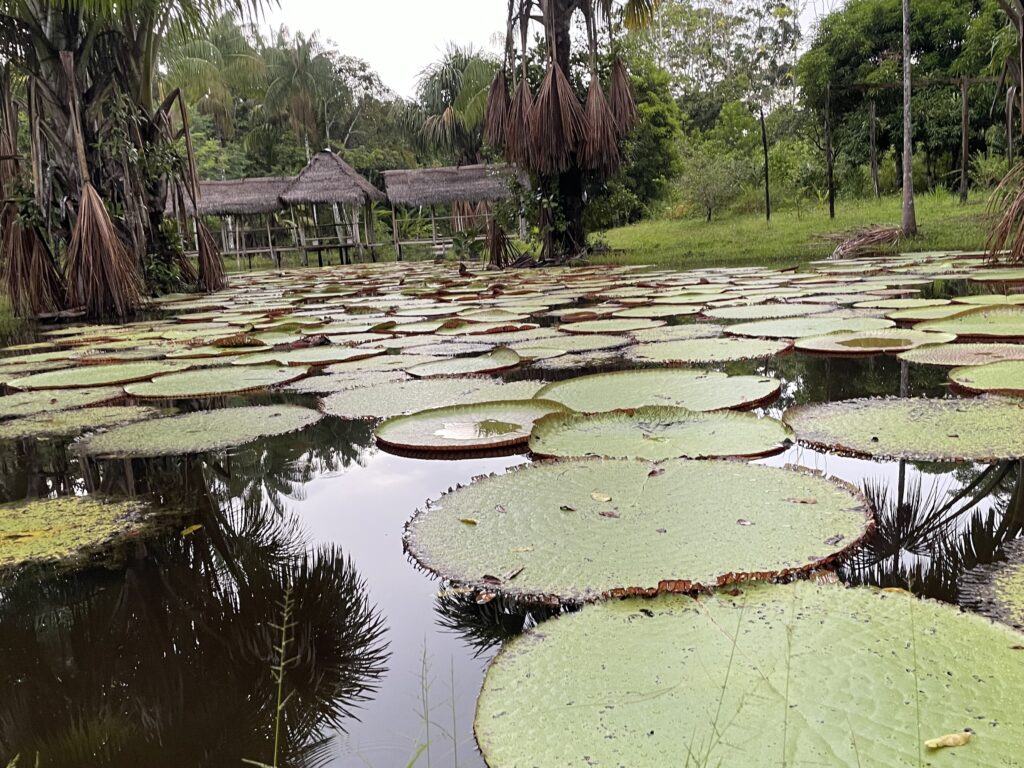
These ceremonies furthered a journey to align my life with my deepest values. While ayahuasca had ignited a spark, the real work took place in integrating these insights into daily life. I learned that change requires patience and trust rather than certainty. By living from my heart and staying true to my values, I found I could embrace the present moment without constantly waiting for some future payoff.
My perspective on life goals shifted dramatically. Where I once prioritized security, stability, and predictability above all else, I came to understand how shortsighted this could be, especially when pursued at the expense of our shared future and sustainability.
Through this process, I didn’t change in ways that felt inauthentic or forced. Instead, I gradually reshaped my life to align with new understandings. This catalyzed my current path of travel, openness, and desire to be of service. Most importantly, I shifted from seeing myself as an isolated individual to recognizing my place within greater systems. True harmony, I’ve found, comes from embracing this interconnection while remaining open to life’s endless possibilities.
